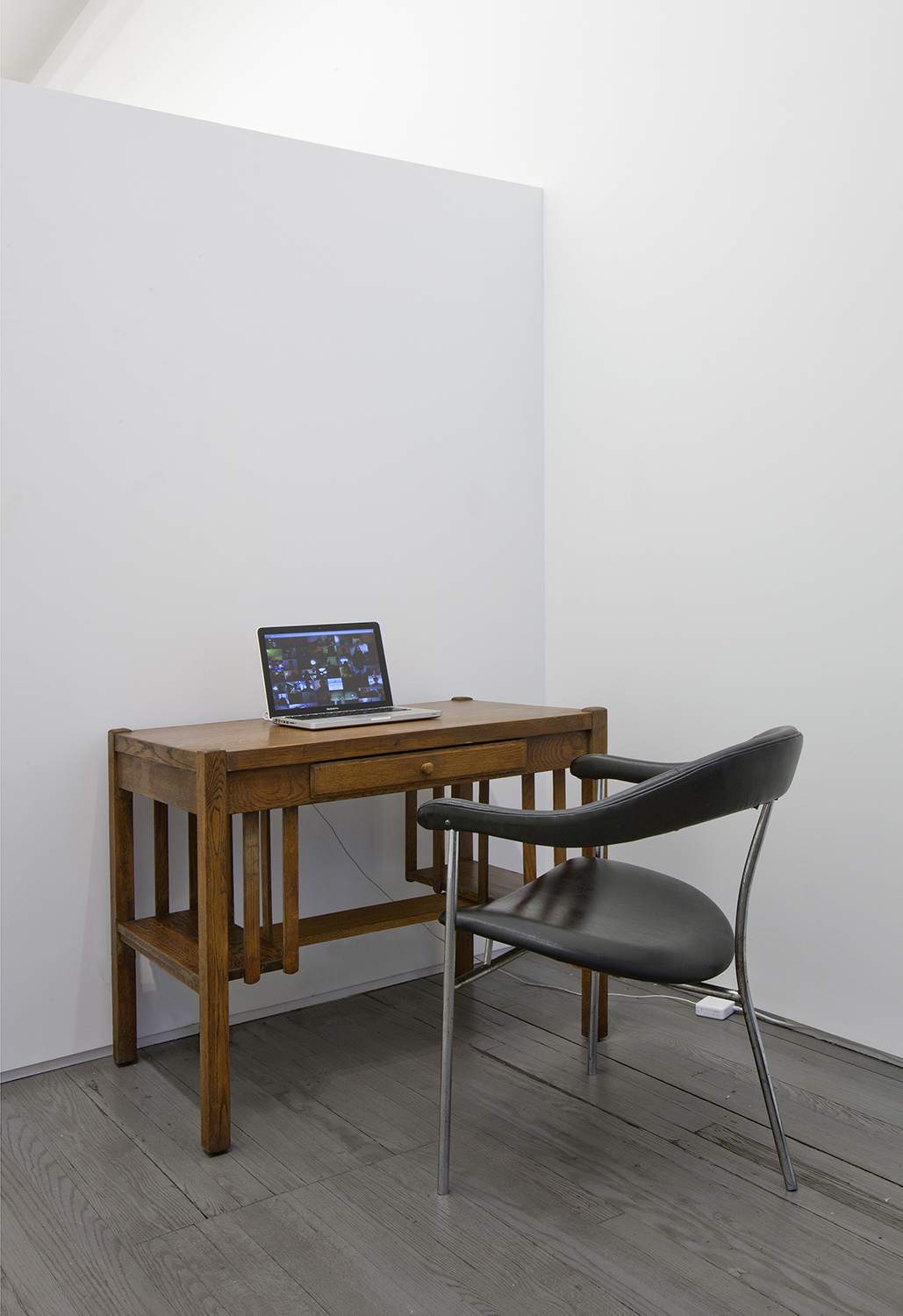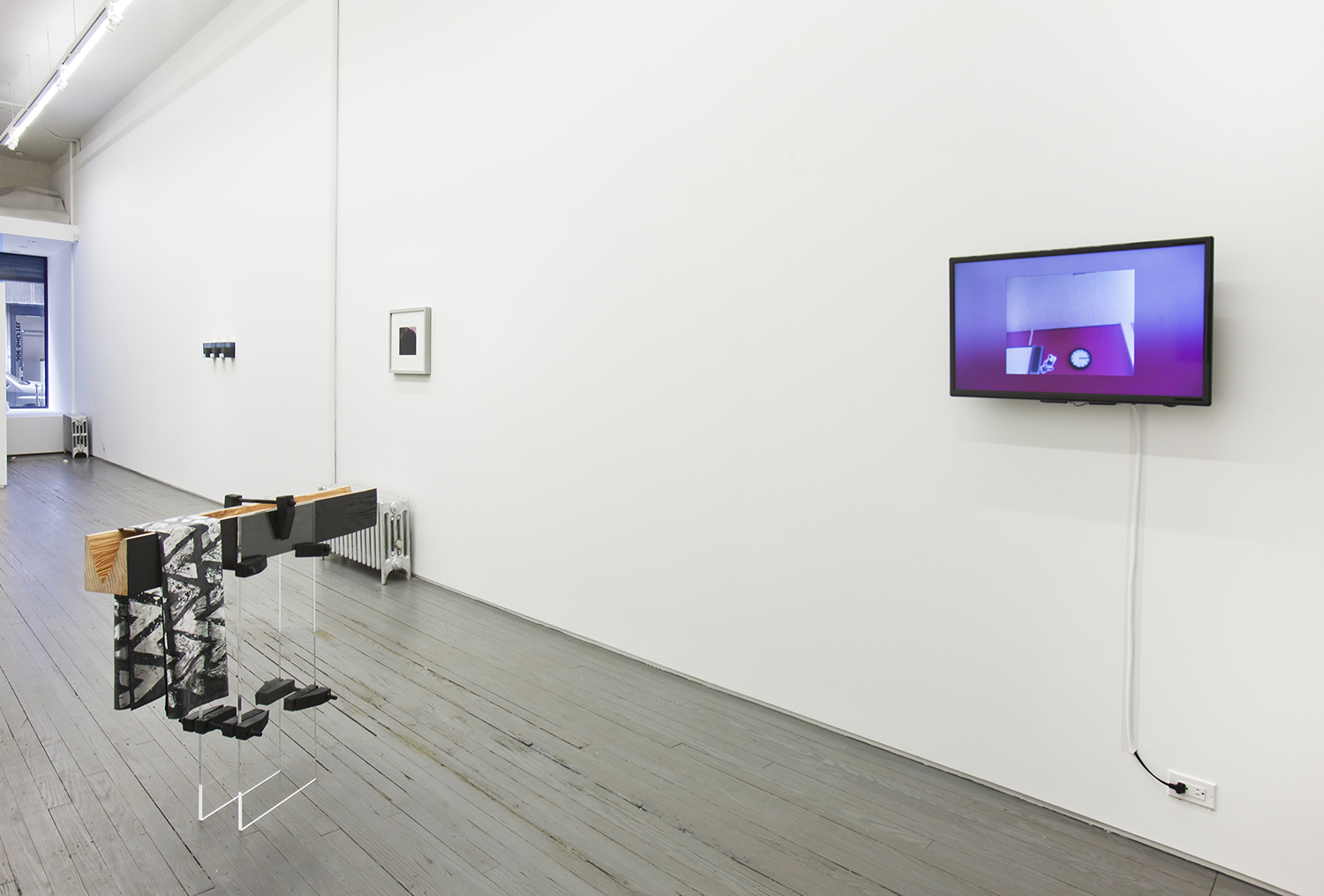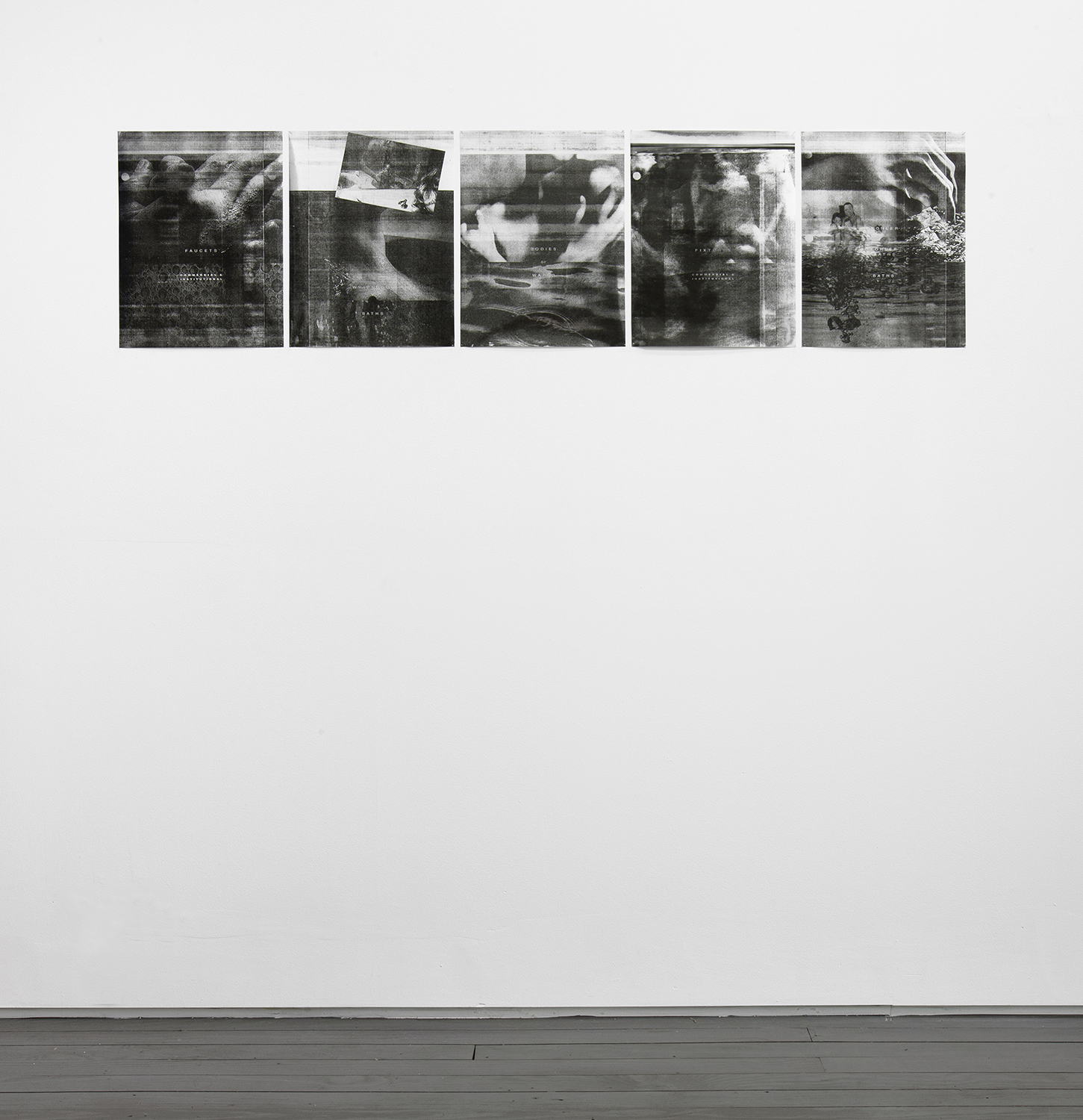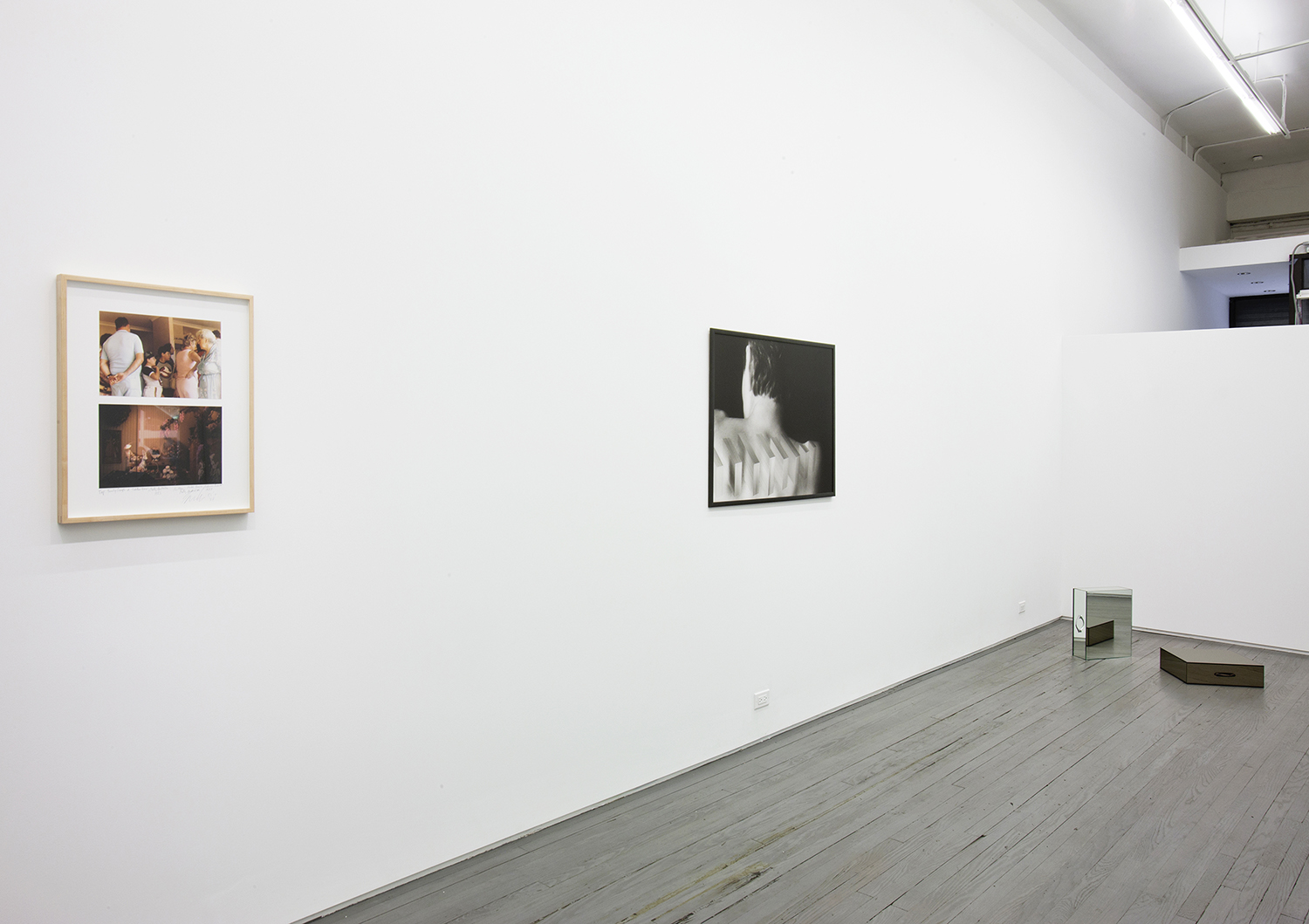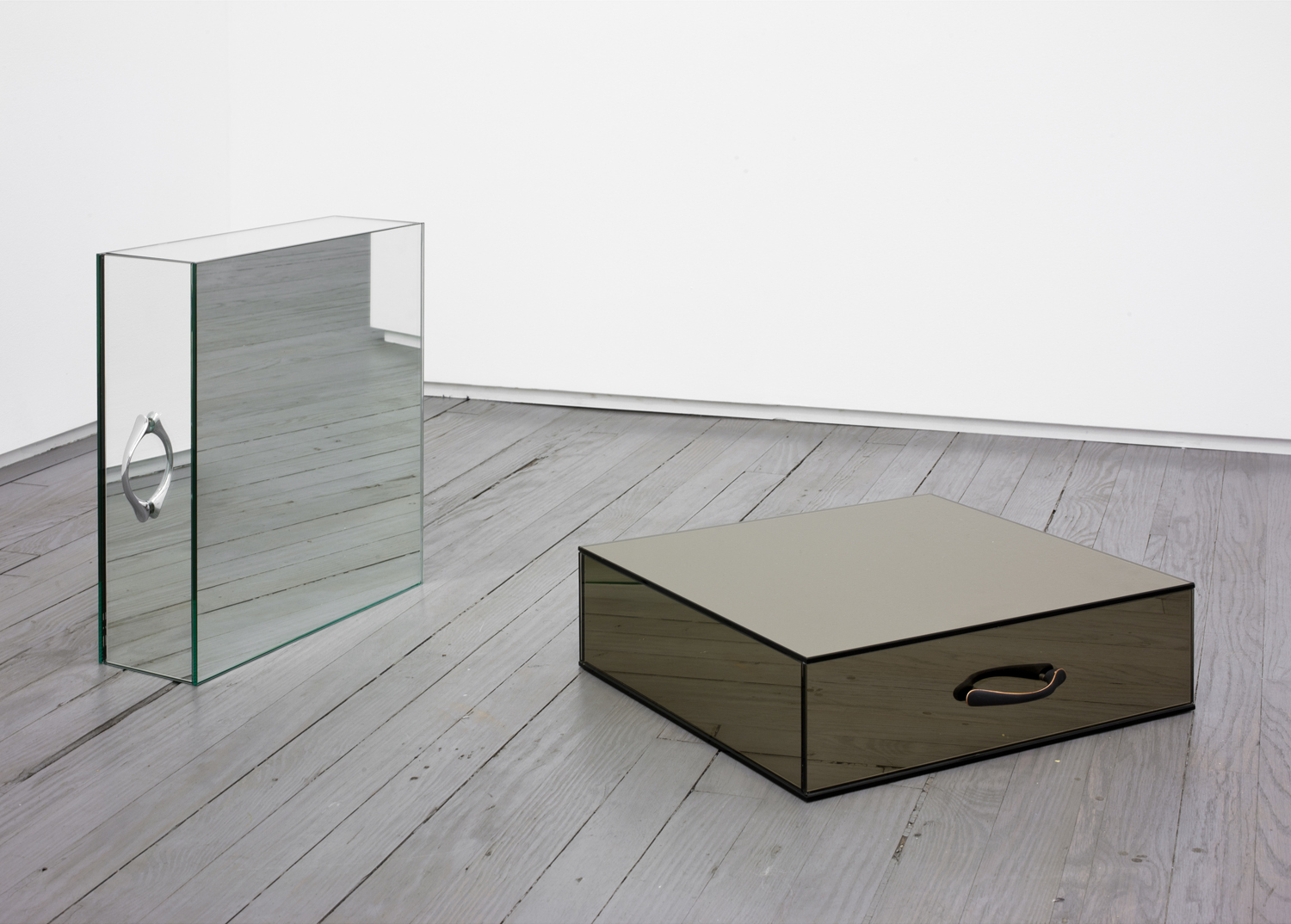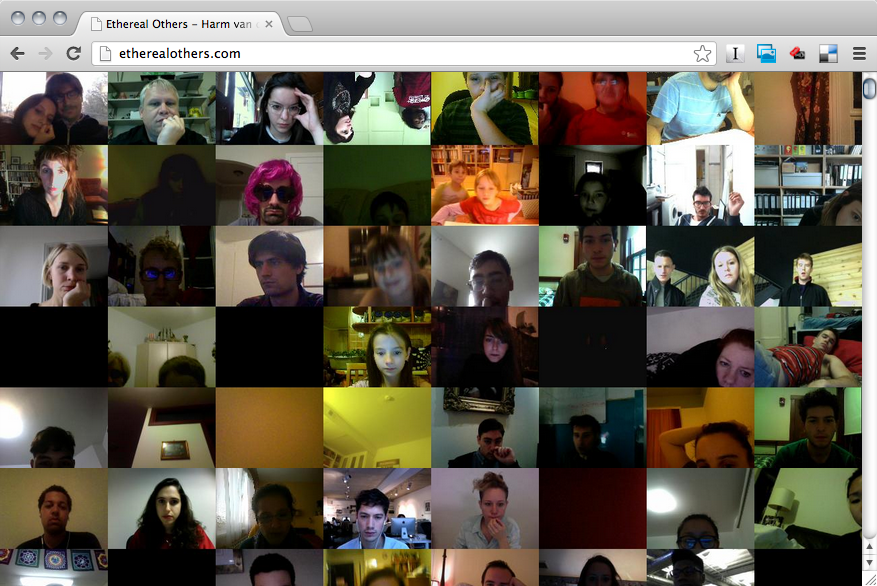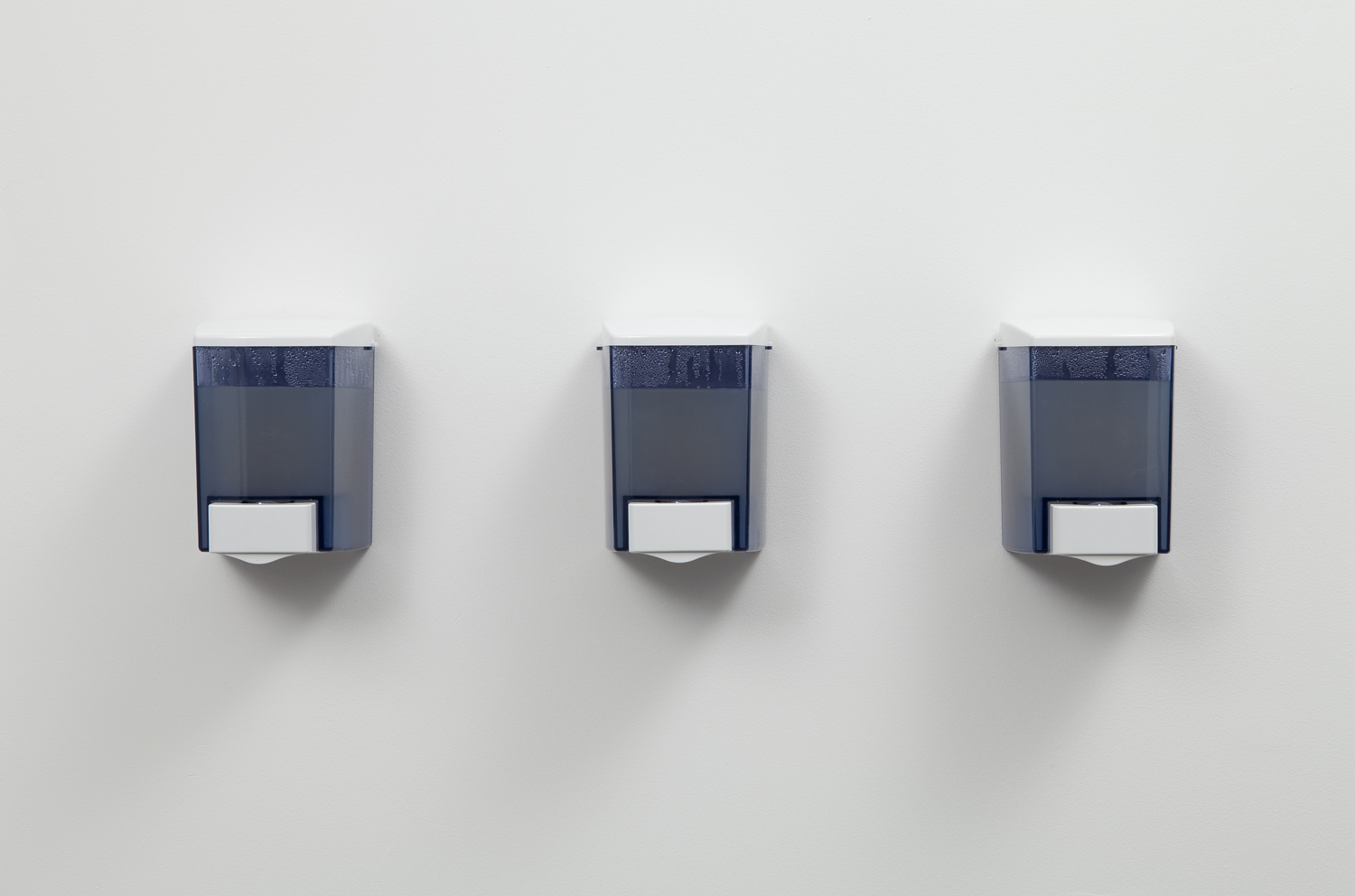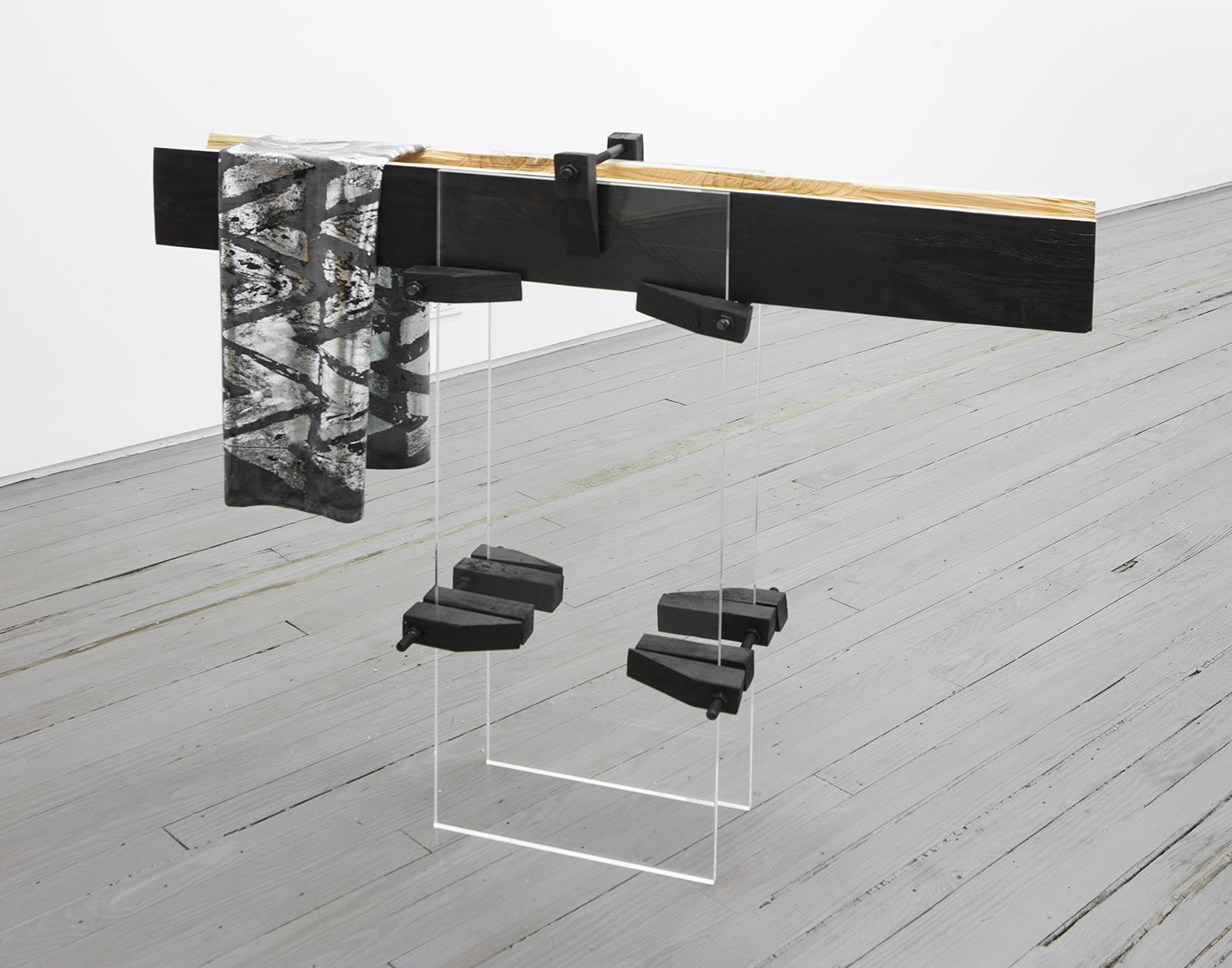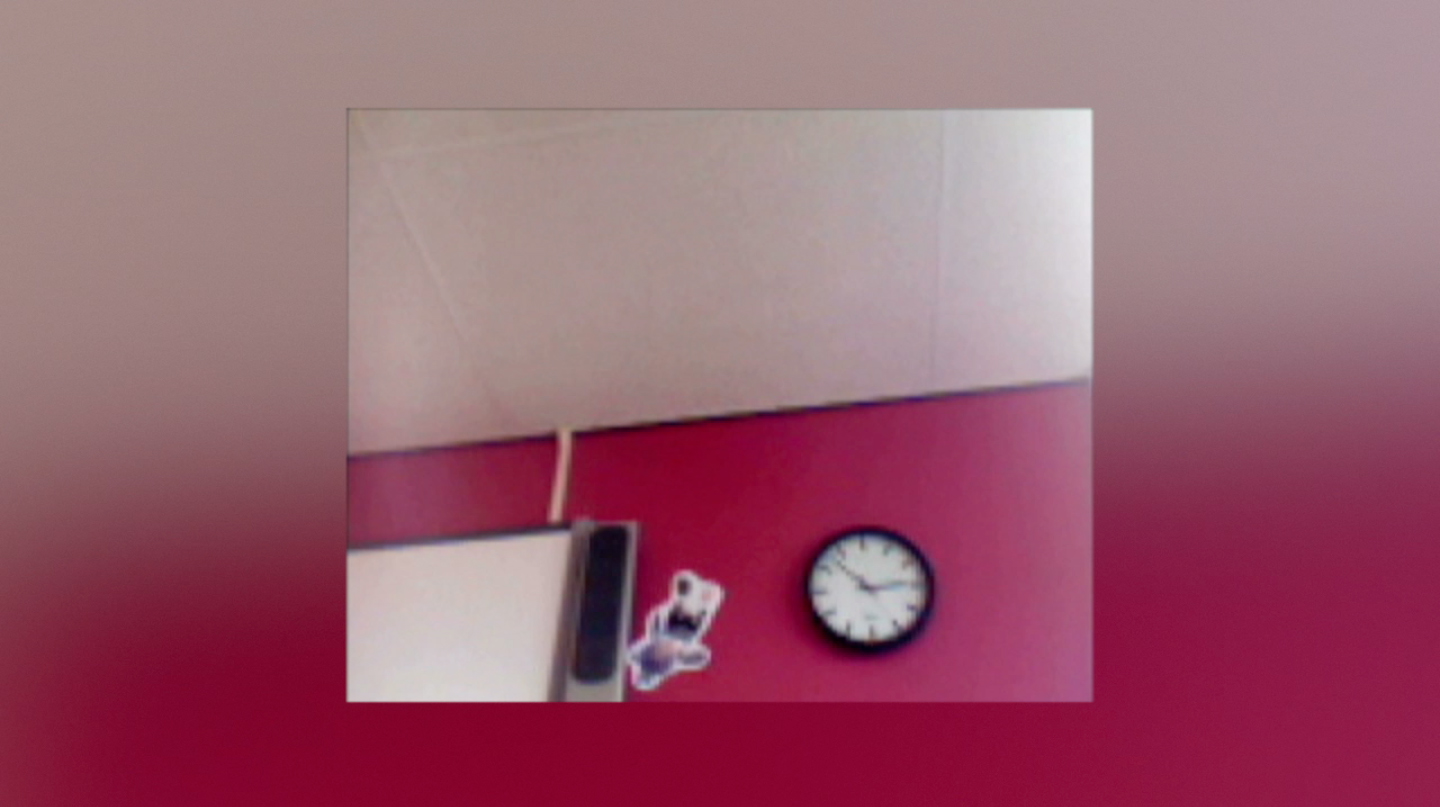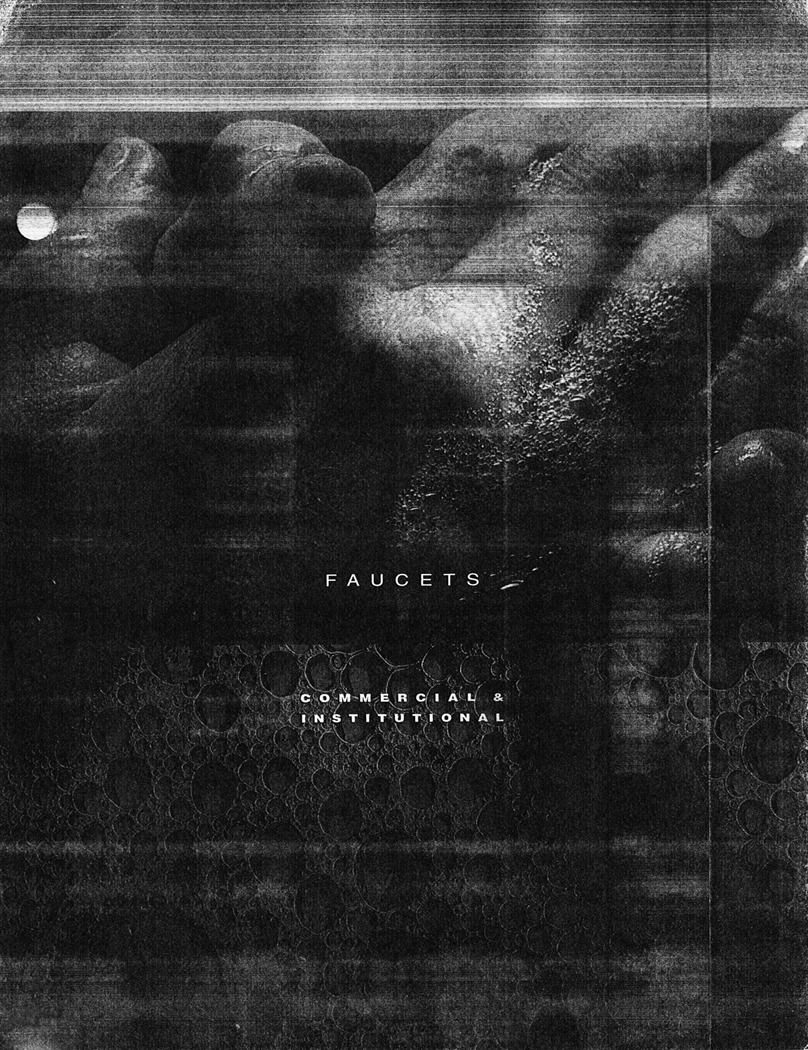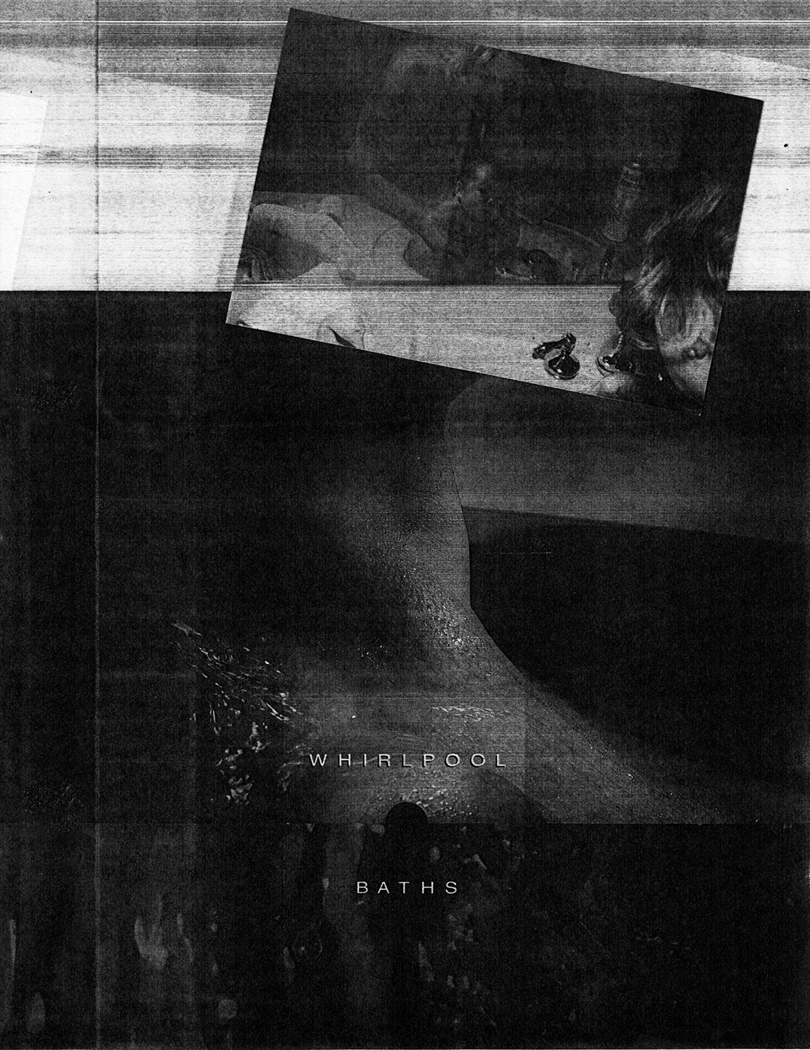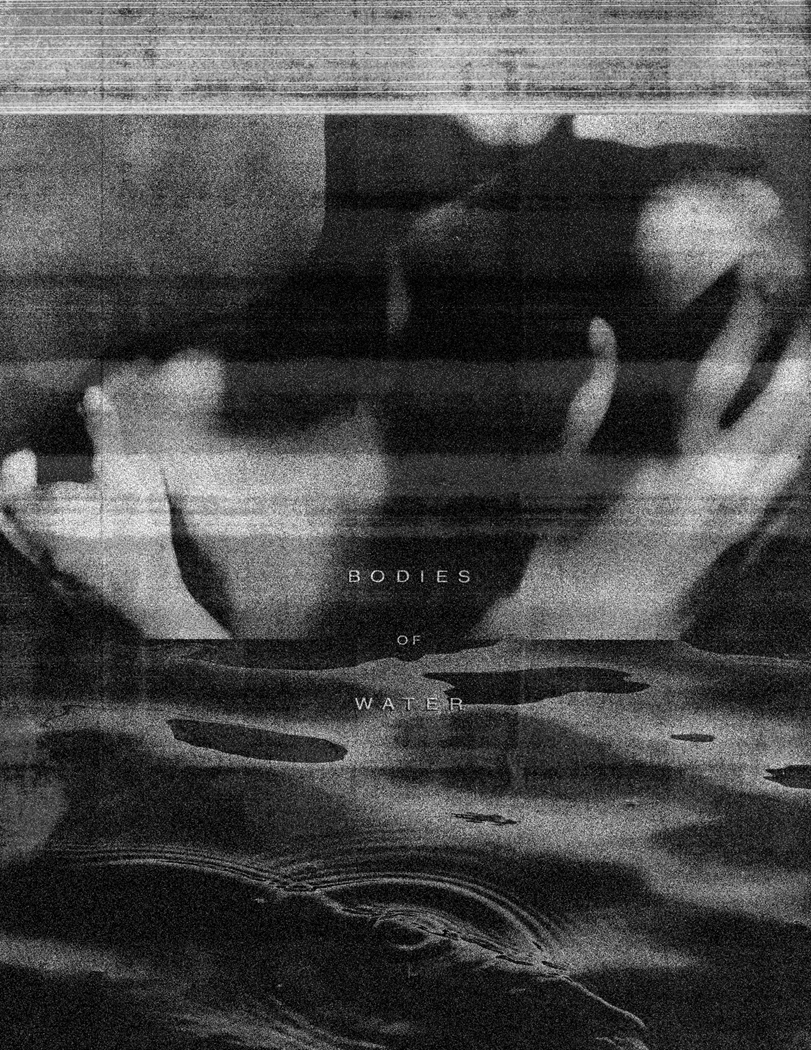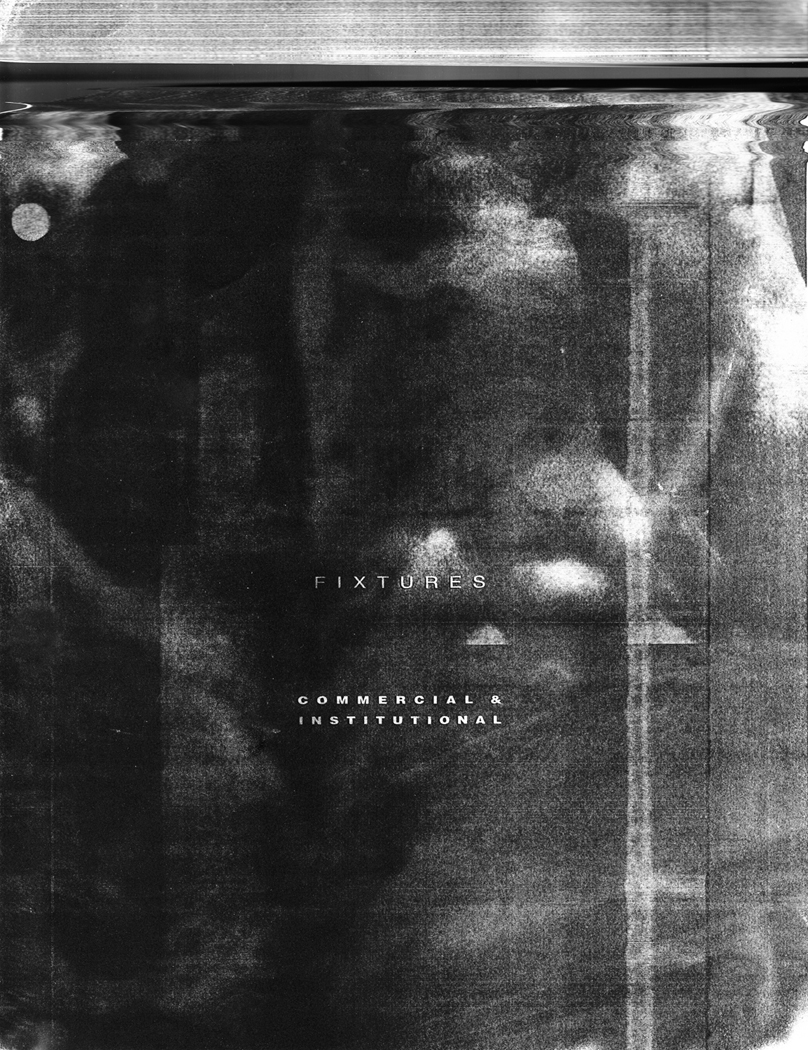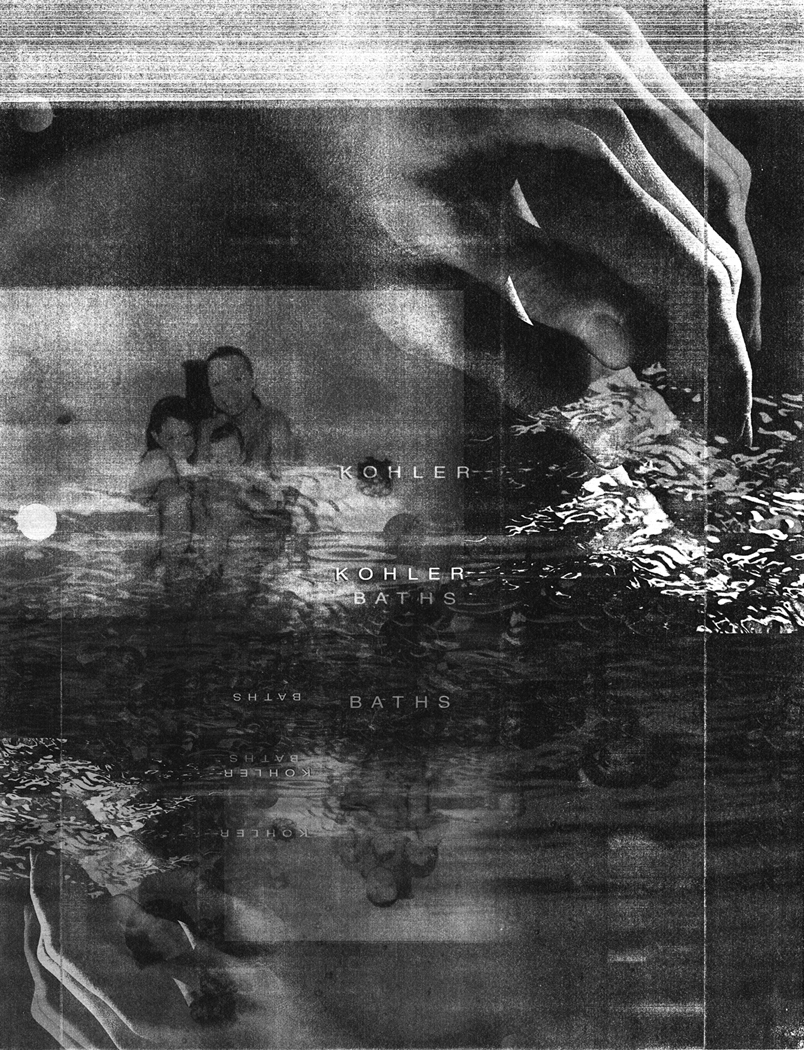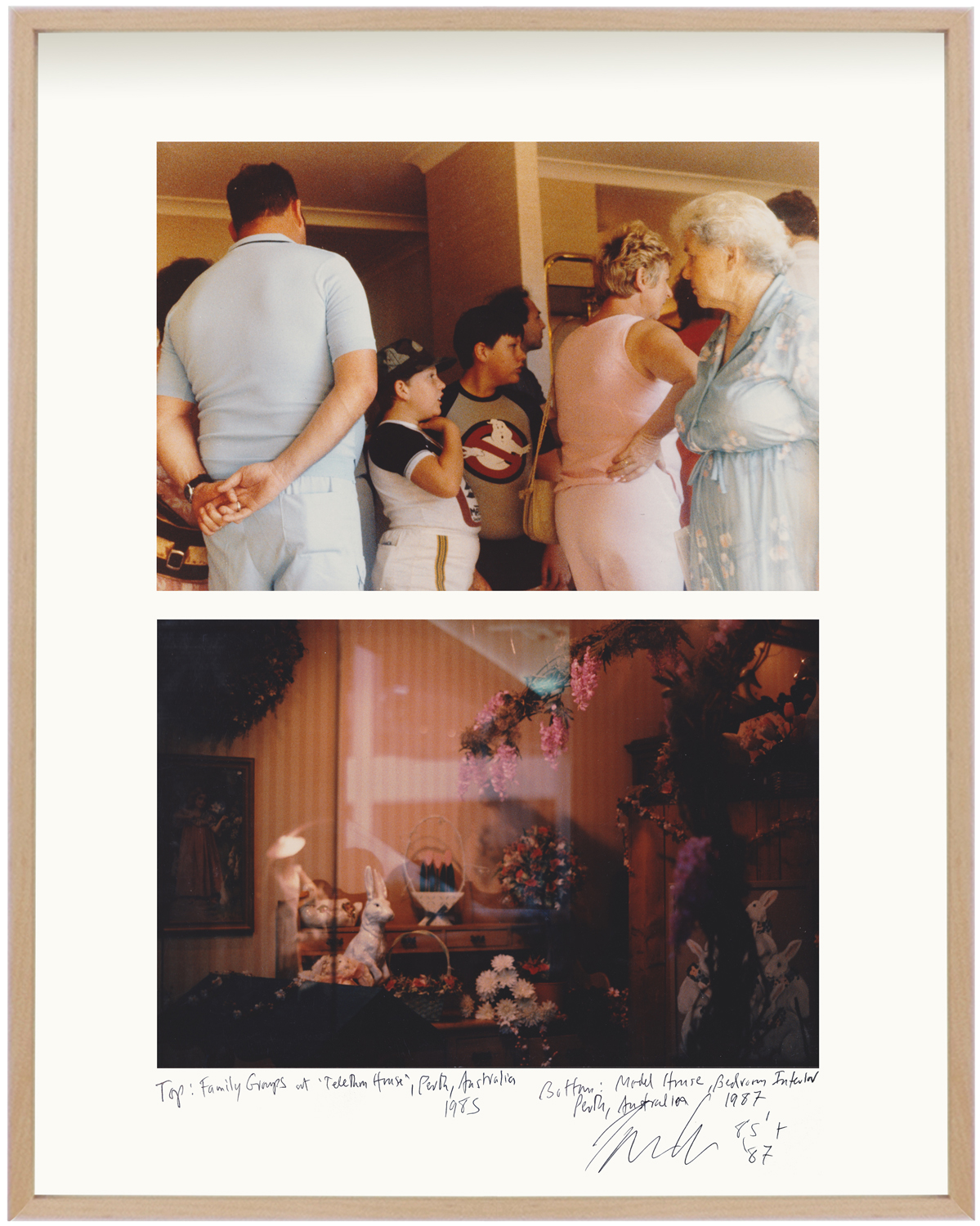Deep Space (insides)
Harm van den Dorpel, VALIE EXPORT, Rochelle Goldberg, Dan Graham, Calla Henkel and Max Pitegoff, Josh Kline, Carlos Reyes
Joe Sheftel
28 October -- 16 December 2012
I’m sitting on a knock-off Kjaerholm couch in the palatial foyer of a skyscraper in the Financial District, waiting to be called into a job interview. This is the first time I’m out of the house by 9:00 AM in what may be years. Sitting, waiting. Watching. A white woman walks by wearing a burgundy cardigan and the same closeout TJ Maxx pencil skirt I have on. A Hispanic guy wearing all denim walks by. That plant has to be fake. I don’t think I’ve ever felt as alone as I do in this moment. Alienation here, alienation there. Alone together.
At home, I take a nap and wake up spooning my laptop. Or was it spooning me? My silver girlfriend. Has that ever happened to you?
I broke up with him because he could only copulate with me as if we were acting in a porn. Even my bed is a contested space.
Joe Sheftel Gallery is pleased to announce Deep Space (insides), a group exhibition curated by Karen Archey. The exhibition brings together works considering the psychological effects of built space. Here, the metaphor of physical and virtual architecture is used to contemplate how such structures affect our quotidian lives and emotional states, while meditating on notions of privacy and visibility. Questions prompting Deep Space (insides) include: Where am I able to be seen, and where can I be invisible? What information about myself is truly private? What has changed in the manner in which we speak about ourselves? Where can we rest? Participating artists include Harm van den Dorpel, VALIE EXPORT, Rochelle Goldberg, Dan Graham, Calla Henkel and Max Pitegoff, Josh Kline, and Carlos Reyes. Opening October 28th, the exhibition runs through December 16th, 2012.
Harm van den Dorpel’s Ethereal Others begins with his popular website etherealself.com. When visiting Ethereal Self, the viewer is prompted to allow the site access to his or her webcam, which in turn splinters their visage into a diamond-like pattern. Unbeknownst to most, this website is a conduit to etherealothers.com, which culls screenshots of all visitors to Ethereal Self in a public archive. The video Ethereal Others (When No One is Looking) brings together screenshots in which the users’ webcams were left on, offering us an extended look into the domestic and occasional institutional interiors of others.
Obscured by a tight cropping, Calla Henkel and Max Pitegoff’s photograph depicts the back of a woman sat at a computer. Toying with notions of voyeurism and surveillance, Henkel and Pitegoff expose a moment of simultaneous intimacy and connectivity. Similarly an androgynous body as its subject, VALIE EXPORT’s 1989 monochromatic digital collage Stadt, splices the back of a figure, superimposing it with architectural components resembling city blocks. An early example of digital collage, this photograph reads as both violent and lugubrious, suggesting the passive subsumption of the depicted person’s will to indomitable forces.
Dan Graham’s set of photographs, Family Groups at “Telethon House,” Perth, Australia, 1985, and Model House, Bedroom Interior, Perth, Australia, 1987, employ anarchistic humor to meditate on private and public space, specifically through the peculiar locus of the model home. In the top photo, an uncannily American-looking family visits a house to be auctioned via telethon in Perth, Australia, while the bottom photograph combines the reflection of an outside environment with the saccharine, rabbit-tchotchke-infested bedroom interior of a model home. Here, the inherently private space of the home is manifested to exist, with mass appeal, in public space—the conventions of homemaking and interior décor laid bare by Graham’s penetrative gaze.
Rochelle Goldberg’s series of screen prints appropriates imagery from a found Kohler faucet catalog, each advertisement juxtaposing dry bodies, text, water, and luxury bathroom fixtures. Goldberg lays photographs of herself as a child in her family’s bathroom upon the mass-mediated images of bodies proffered by Kohler. The artist then processes them with a dysfunctional Xerox machine found outside the studio of artist and architect Vito Acconci—an ode of sorts to his Conversions series of the early 1970s. A complementary sculptural piece, Access, 2012, builds on this formal vocabulary, making reference to a basin or trough.
Josh Kline’s Share the Health similarly riffs off the interior architecture of the bathroom with three non-domestic soap dispensers. Filled with nutrient gel, the institutional-looking dispensers act as repositories for mold and bacteria originating in samples collected in the neighborhood of the gallery from pharmacies such as Rite Aid and CVS. With a little dark, existential humor endemic to consistently exasperated New Yorkers, Kline contaminates the site where we’d look for sterility or even a respite, exploding both clean/dirty and interior/exterior dichotomies.
Carlos Reyes’s Inside Lovesongs TBD, 2012, comprises boxes made of an opaque mirror with objects, impossible to see with the naked eye, stored inside them. These boxes are taken through airport security and are “activated” by the revealing properties of the X-ray. Notably, these works never reach their most true form as the boxes themselves are obscured during the X-ray process. Rather than exist in the vernacular of sculpture or performance, Reyes believes that because various aspects of these works are activated by the context in which they exist, they point outward toward the systems they inhabit.
Karen Archey is an art critic and curator based in New York. She is the 2012–2013 Curator-in-Residence at Abrons Arts Center. For “Deep Space (insides)” she has created a zine entitled “Milly, Nick, Amanda, William,” which, through an essay and culled screenshots and other photographs, considers the loss of control over one’s online image after death.
Press and links:
